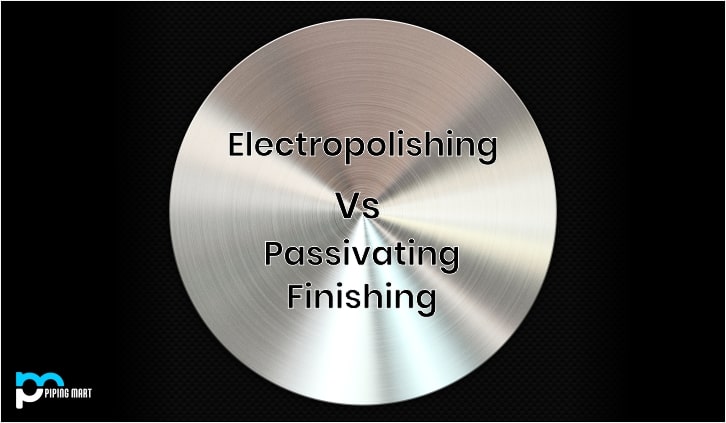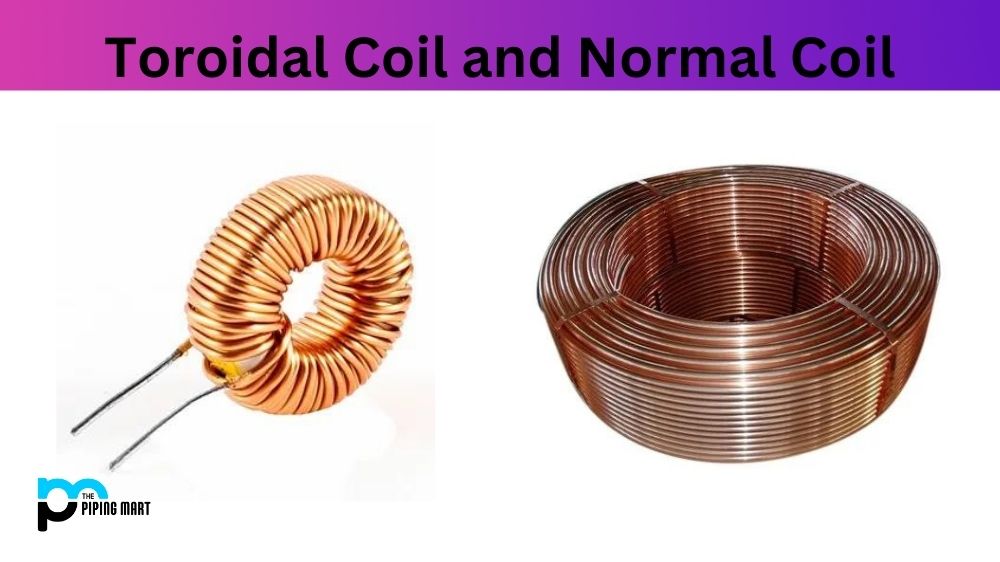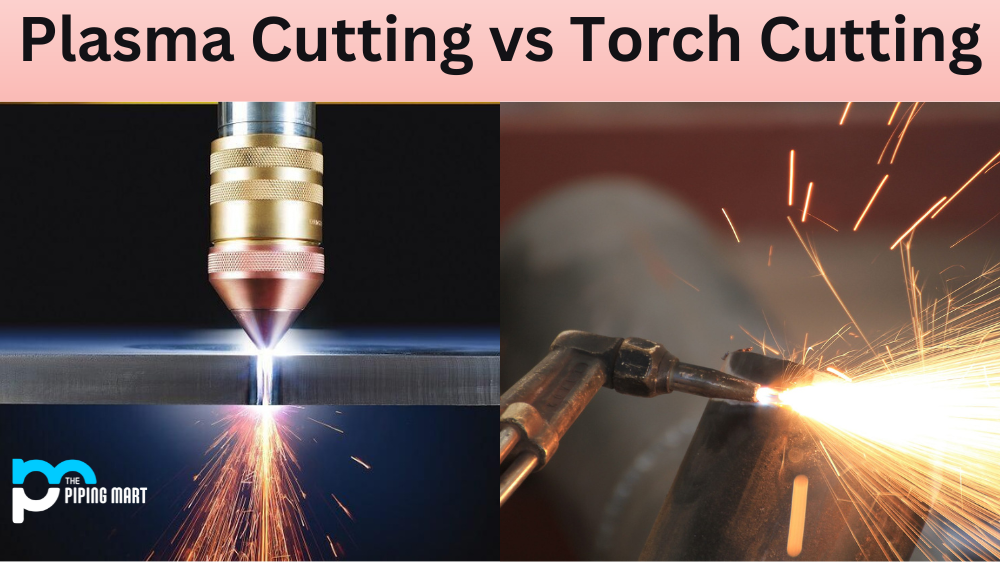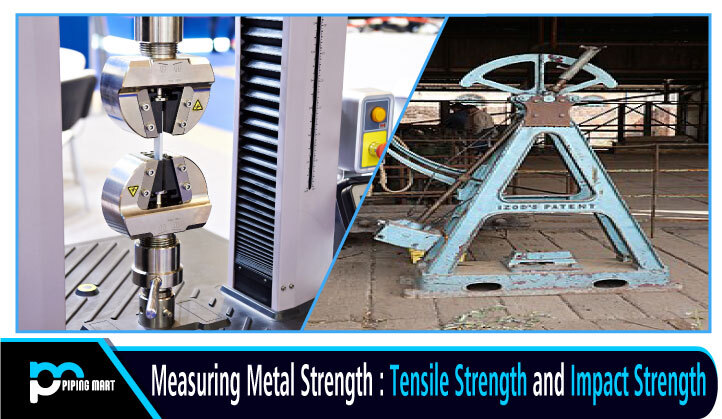Selecting the right finish is as crucial as selecting the right base material. A good finished metal can help improve the performance of the product. A good finish helps in improving chemical resistance, handling characteristics, and other important functional aspects.
Electropolishing and Passivation are examples of two such finishes which help in removing contaminants from the surface of metal. However they have their own benefits and limitations which are discussed below in detail.
Electropolishing
Electropolishing is a method that uses a temperature-controlled bath of electrolytes and an electric current to dissolve the surface layer of material. This method leaves solely a smooth, plain surface.
This method is usually used for applications in the food and pharmaceutical industries, as well as in the manufacture of semiconductors.
The smoothness of this finish leaves the material nearly absolutely nonstick, as the majority of the microscopic flaws that debris would generally stick to are removed. Some manufacturers use the method to smooth out threads of material to prevent galling and seizing.
Electropolished materials are generally simple to clean owing to the non-stick nature of the finished surface. The method can even remove the heat discoloration caused by spot welds.
Key benefits of this method include its ability to be used on very difficult shapes with ease and the speed with which it can be performed, providing cost savings.
Passivation
Passivation is somewhat similar to electropolishing. Passivation also involves employing a chemical bath. However, passivation does not involve the employment of electrical currents to strip the top layer of material.
Passivation is mainly used to remove contaminants from the surface of stainless steel. Such contaminants are sometimes accumulated during the manufacturing process.
Unlike electropolishing passivation does not usually change the appearance of the passivated material.
An oxide layer is not necessarily formed during passivation to protect stainless steel, however specific passivation treatments may thicken or alter the composition of stainless steel’s protective oxide layer.
While processing a material under passivation one must know the particular alloy of stainless steel being treated. If an incorrect solution is used for passivation it might cause damage to a metal form instead of removing the contamination from it.
Which Process is better?
Most of the times, electropolishing is quicker, easier to regulate, and can be applied to a variety of stainless steel alloys easily. Additionally, it offers an excellent finish and removes discoloration that passivation would leave behind.
Even though electropolishing has its own benefits it isn’t always the better option. Passivation has its own benefits like it can alter the composition of the oxide layer that protects stainless steel from corroding which can sometimes help in enhancing the steel’s resistance to corrosion.
Depending on the application that the steel is going to be used for you can choose whether to electropolish or passivate your stainless steel. If a smooth, easy to clean surface that’s freed from defects is required for your application, then electropolishing will be your most suitable choice. If a good way to remove surface contaminants while altering the corrosion resistance properties of the metal is your requirement, then passivation may be the better choice for you.

Pipingmart is B2B portal specializes in industrial, metal and piping products. Also, share latest information and news related to products, materials and different types grades to help business dealing in this industry.




